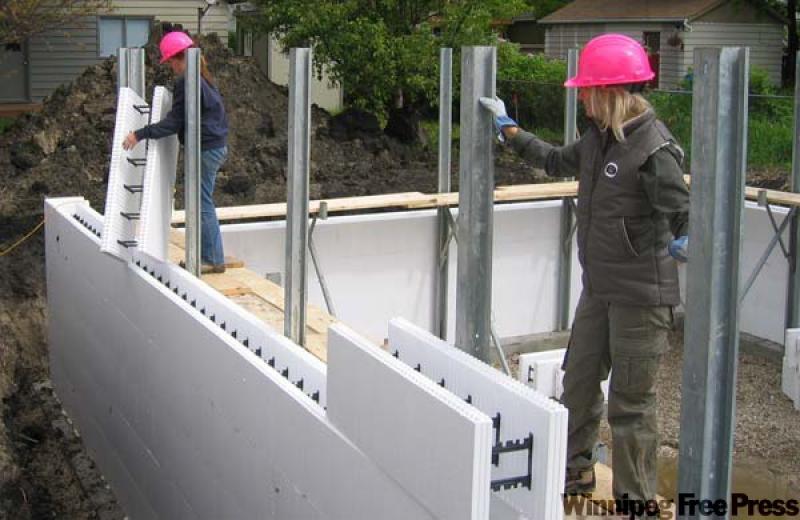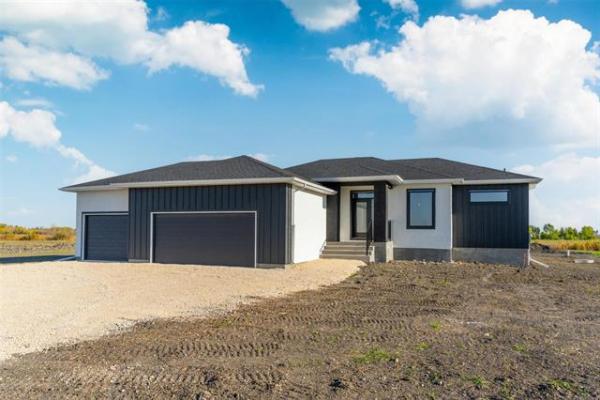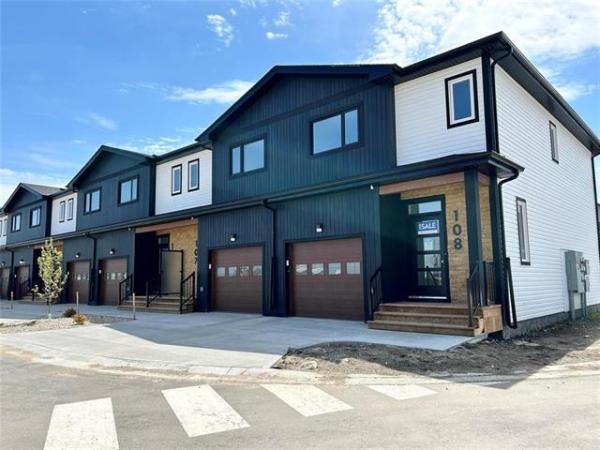>QUESTION — Love your articles in the Free Press and I was wondering if you could help me and provide a little insight. I am looking to build a new house and was wondering what would be the best method for foundation wall construction.
The three types I am considering is Logic block (ICF), normal poured concrete walls, or wood structure walls with pressure-treated lumber. I would put the house on piles and would love to go with a wood structural floor. I have heard some good things about each method but I have also heard some bad things about each method. I was wondering if you had any preference, suggestions, or can provide any further insight on these three methods.
-- Scott Bilous, e-mail
ANSWER -- You have posed an excellent question that should have relevance to most people contemplating construction of a new home. I will provide a short description of each system and offer my opinion on the three options you have put forth for possible foundation construction alternatives.
The first type of foundation is the most commonly used in our area and that is cast-in-place concrete. Most homeowners are familiar with these foundations found on the vast majority of homes in our area that are less than 75 years old.
Poured concrete foundations are widely used due to their inherent strength and ability to withstand soil pressures common with our expansive clay soils. Most concrete foundations are 20 cm or greater in thickness and contain substantial amounts of steel reinforcing rod, known as re-bar. The re-bar provides additional resistance to cracking and bowing and prevents excessive movement should cracks occur.
The main drawbacks of concrete foundations are due to the difficult environmental conditions found in our area during construction. Concrete foundations are installed by pouring or pumping the wet concrete mixture in between large plywood forms held together by metal or plastic ties.
While the concrete mix may be slightly altered to conform to environmental conditions, proper curing is largely dependent on the weather during and after installation. Weather that is too hot, too wet, or too cold may adversely affect the long-term performance of the concrete foundation. If the concrete sets up and cures too fast or freezes, the possibility of cracking is increased. If the concrete mixture is too wet, due to improper mixing or rain at the time of pouring, further weaknesses may develop.
The other drawback of concrete foundations is the weight. Concrete foundations are very heavy and have a tendency to settle considerably over time, even with proper footings poured below. Despite this, concrete foundations still remain one of the most cost effective and reliable solutions for our soil conditions and tough environmental conditions.
Pressure-treated wood, or preserved wood foundations (PWF), are no longer widely used in our area for a few reasons. While the pressure-treating method is effective in preventing rot and insect damage in the framing and plywood sheathing used in these foundations, the issue is more with support strength than durability.
Wood foundations were thought to be a good idea for our soil conditions due to the lack of weight, which can prevent excessive settlement. Also, installation does not require installation of forms or curing time and may be less labour intensive and less costly, than concrete.
Unfortunately, the lateral stability of these lightweight foundations is not as good as concrete and extra-wide framing, spaced narrowly apart, is required to resist the strong hydrostatic pressure exerted from the expansive clay outside the foundation. Too often I have seen these wood foundations noticeably bowing due to undersized framing or improper lateral support at the top of the foundation. If these wood foundations are not properly attached to and braced by the main floor joists and beams, inward bowing is almost a certainty.
While many of the defects seen with wood foundations may be attributed to amateurish or improperly trained installers, they have fallen out of favour due to these commonly seen defects.
The last type of foundation you have inquired about is a newer type incorporating insulated concrete forms or ICFs. ICFs consist of two Expanded Polystyrene (EPS) boards separated by polypropylene webs. These foam and plastic components look like hollow building blocks and interlock and interconnect to form permanent forms that support the foundation.
Concrete is installed in these forms much the same way as with removable plywood forms, but the difference is that these forms remain in place after the concrete has set. Re-bar is still required for installation with the concrete for strength. Little else is required once the forms are set in place, except temporary bracing to prevent movement of the forms from the heavy, wet concrete.
The main benefit of this type of system is vastly improved insulation properties over bare concrete. The EPS that makes up the inside and outside of this style of foundation adds instant, high-quality insulation that prevent future condensation and other issues related to insulating basement walls. Because the forms are held together with plastic webs, there is no thermal bridging or corrosion associated with metal form ties in traditional concrete foundation walls. ICFs have an integrated furring strip that allows for attachment of drywall or other wall coverings on the interior.
Just like either of the other two types of foundations explored, ICF foundations still require the application of damp-proofing or a membrane on the exterior to prevent moisture intrusion. All in all, ICF foundations appear to be a very good choice for modern homes due to their excellent insulation qualities while still incorporating the strength and durability of concrete.
Ari Marantz is the owner of Trained Eye Home Inspection Ltd. and the President of the Canadian Association of Home & Property Inspectors -- Manitoba (www.cahpi.mb.ca). Questions can be emailed or sent to: Ask The Inspector, PO Box 69021, #110-2025 Corydon Ave., Winnipeg, MB. R3P 2G9. Ari can be reached at (204) 291-5358 or check out his website at www.trainedeye.ca.




